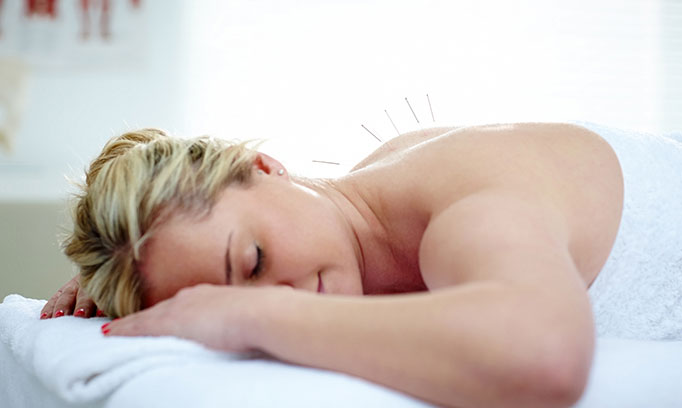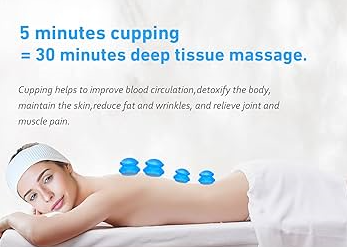Cupping
Cupping is an ancient technique, used in many cultures, in which a special cup is applied to the skin and held in place by suction. The suction draws superficial tissue into the cup, which may either be left in place or moved along the body. Cupping brings fresh blood to the area and helps improve circulation.
Cupping, sometimes called “inverse massage” is defined as a vacuum of negative pressure applied with flexible silicone cups that bring circulation and remodel Myofascial tissue below the skin to generate physical change. The silicone cups are flexible and easy to apply and do not require heat or flame as compared to glass cupping to create a vacuum.
The cups can be applied to different areas of the body with a small application of oil to get a proper seal and the suction can easily be adjusted to the client’s comfort level. After sitting on the skin for a while, the cups can then be moved very slowly over the area of pain to create a “stretch” in the fascia and to focus circulation to that particular area, drawing out toxins and releasing stagnated blood. It can create circular marks called petechie that may last up to a week. This is normal and should not be cause for concern.
Is comfortable to receive as compared to other Myofascial stretching techniques
Brings circulation to an area of poor circulation or ischemia
Creates a healthier skin tone and strength to the tissues
Releases blockage of cold stagnated blood from deeper layers that can be a source of pain
Increases flexibility and reduces pain by properly aligning fascia and creating balance internally
You will see better results in less time after only a few treatments, depending on the severity and length of time of the condition. Hydration, stretching and soaking in magnesium bath salts will help diminish any soreness or discoloration.
Who can receive Cupping?
Most anyone who is healthy enough to receive a massage usually can safely have a cupping treatment. Cupping is safe for all ages and children benefit immensely. It is important to consult with your practitioner and discuss any medical conditions you have, as cupping may not be appropriate for people with certain conditions. Usually, conditions such as cancer, acute infection, open wounds, and certain chronic illnesses, may require an alternative approach to this method. When seeking help from an Integrative Medical Practitioner, they will have other options to treat you if cupping is not aligned with the best practices for your health journey.


![]()
![]()
![]()